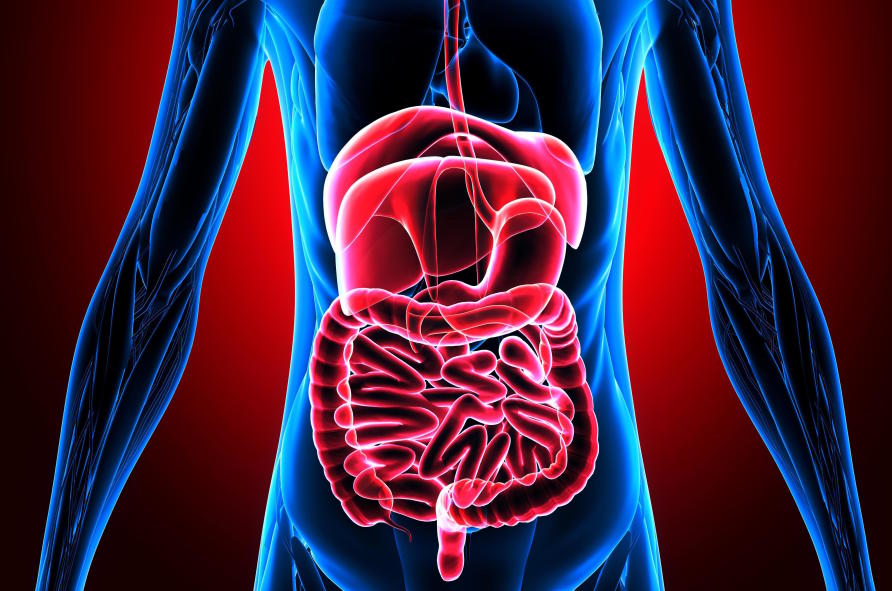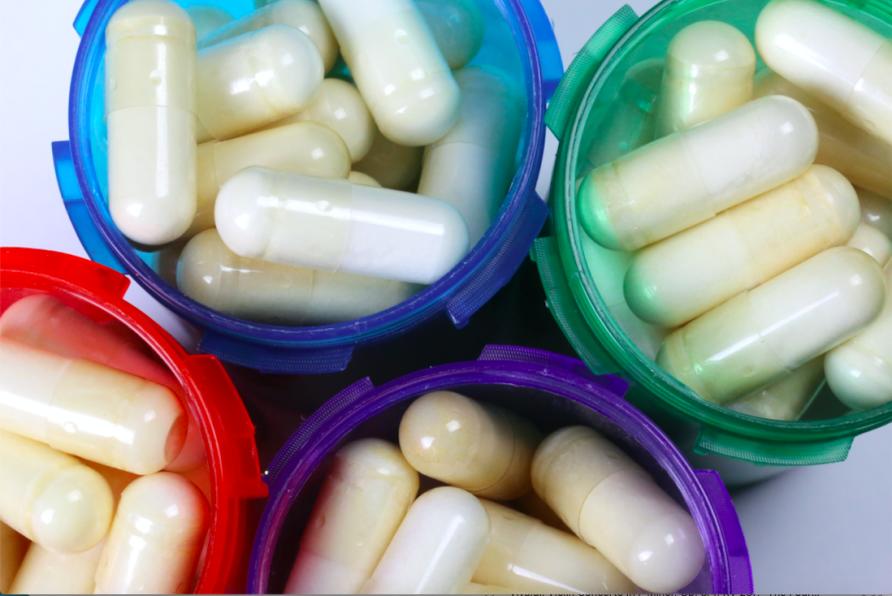The best probiotics are found in real food

Advocates recommend that we need to take them regularly, but in which form should you be taking them and how many of them are actually needed for our health to maximise their beneficial effects?

Probiotics are found in fermented foods like yoghurt.
What are probiotics and prebiotics?
Probiotics are live microorganisms that deliver health benefits for the consumer. Beneficial microorganisms have been consumed by humans to improve health for thousands of years, mainly in the form of fermented foods.
In the early 1900s Elie Metchnikoff, a Nobel Laureate in Medicine, first introduced the concept of probiotics as it is known today. They are mostly bacteria, but some fungi are also known to have health benefits and are found in foods like yoghurt, kefir (a fermented dairy drink), sauerkraut and tempeh.
Lactobacilli and bifidobacteria are the most widely used probiotic bacteria in the food and nutraceutical industries. These species are also referred to as lactic acid bacteria or acidophilus strains. They are generally-recognised-as-safe (GRAS), which means consumption of GRAS products have no health risks to people.
Food products also contain prebiotic substances, which are basically undigestible plant fibres that feed the probiotics and native gut microbiota – the bacteria that normally live in the intestines. Fibre-rich foods including vegetables, fruits and wholegrain cereals contain prebiotic substances.
How do they help us?
How these probiotic microorganisms deliver health effects for consumers is still not very clear. However, many studies suggest that they support the native gut microorganisms to colonise, or live successfully in the gut, thereby enabling proper digestive processes and other essential functions.
For example, most probiotics have the ability to suppress the growth of ‘bad’ microorganisms like pathogenic E. coli strains, because they can produce some compounds (bacteriocins) that can kill disease-causing bacteria.

Probiotics are helpful in the prevention and treatment of gastrointestinal disorders.
Our gut microbiota perform many vital functions in the body, involving the immune system, vitamin B and K production and fibrous food fermentation. Having healthy colonies of microorganisms (a mound of millions of bacteria which take up space in the gut so bad bacteria are out-competed) is key to a healthy life, and this may be one of the ways that probiotics help to maintain health.
Probiotics are helpful in the prevention and treatment of gastrointestinal disorders including irritable bowel syndrome, Crohn’s disease, peptic ulcers, antibiotic-associated diarrhoea. They improve digestion of lactose (milk sugar) and have also been used in treating allergic conditions like eczema.
They have also been found to boost our immune system, lower serum cholesterol, and may have anti-cancer effects and have a role in reducing heart disease risks. Probiotics produce vitamins K and B-complex including folate, riboflavin, thiamine and B12, and are effective in preventing urinary and vaginal infections.
The challenges of keeping probiotics alive
In order to provide these health benefits, probiotics must be alive at the time of consumption and when they reach the gut. Although there is no strict daily dosage, as a general rule, consumption of one billion to ten billion live probiotics at a time is recommended.
This could be achieved by eating 100-200 grams of probiotic yoghurt or other fermented foods a few times a week, or by taking probiotic capsules. Unlike native gut microorganisms, probiotics cannot stay in the gut for a longer period, so regular intake is important.

Probiotics must be alive at the time of consumption and when they reach the gut.
Probiotics are sensitive and can be easily destroyed during product processing, transportation and storage. High temperature, acidity, moisture and oxygen content are deadly for them. However, there are no strict regulatory systems to ensure these numbers after leaving the processing facilities.
Since they are biological organisms, even with the best processing, handling and storage conditions, probiotics gradually die with time. For example, in yoghurt stored in a refrigerator, most probiotics can stay alive at the recommended amounts for about a month.
To provide health benefits, live probiotics must be present in the later part of the gut – mainly the large intestine and colon – but before they get there, probiotics must pass through the acidic stomach. The pH of the stomach generally ranges from 2.5 to 3.5, but can be as low as pH 1 or pH 2.
Some enzymes like pepsin can harm probiotics as well, because they have compounds that can kill bacteria. That is why it is important to consume higher initial numbers, so that at least some probiotics can escape this harsh environment and reach the intestine.
Food scientists around the world are investigating different means to improve and maintain sufficient numbers in probiotic products.
Encapsulation of probiotics is one of the most effective techniques where the probiotics are enclosed and covered with a food-grade wall material such as milk-based whey proteins.
Encapsulation can minimise exposure of probiotics to harsh substances including acidic fruit juice in food, and stomach acid. But the probiotic coating must be eventually dissolved to release them alive into the large intestine and colon.

The best way to take probiotic supplements is incorporate lots of fruits, vegetable and whole-grain cereals in the diet.
Our research clearly indicated that encapsulated probiotics can live longer in higher numbers in food products, and others reported that such probiotics can better transit through the gut.
Fat in dairy foods can enclose probiotics during the passage through the gut, reducing the exposure of probiotics to stomach acids and bile in the small intestine. We found that ice cream improves the probiotic survival better than yoghurt under lab conditions, probably because of the high fat content in the ice cream.
How can we maximise the benefits of probiotics?
Eating fresh probiotic foods within a week or two from the date of manufacturing in the case of yoghurt-like products, would ensure sufficient numbers of live probiotics into your gut.
These days, probiotics are sold as supplements in the form of powder or capsules which are becoming very popular.
The best way to take these supplements is incorporate lots of fruits, vegetable and whole-grain cereals in your diet. Taking them with a meal could be more effective as well, by providing the probiotics with prebiotics and some protection from the harsh stomach environment.
By protecting and feeding them, we’re more likely to gain the health benefits we’re looking for from probiotics.
This article was written Dr Senaka Ranadheera and Professor Said Ajlouni of the University of Melbourne and published by Pursuit.
Dr Senaka Ranadheera is a food scientist at the University of Melbourne. He holds a PhD (Food Science) from the University of Newcastle and his research focuses on probiotics, prebiotics, dairy products and food fermentation.














